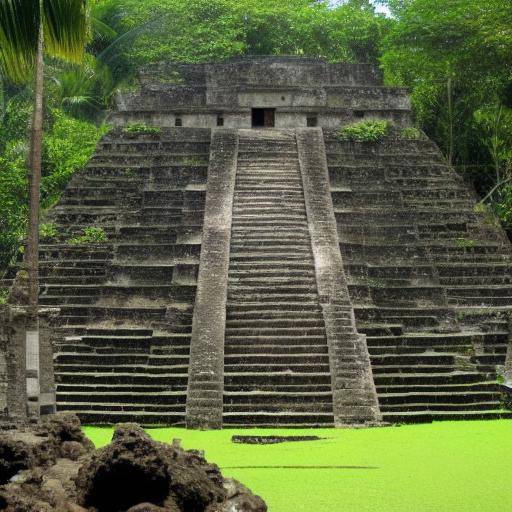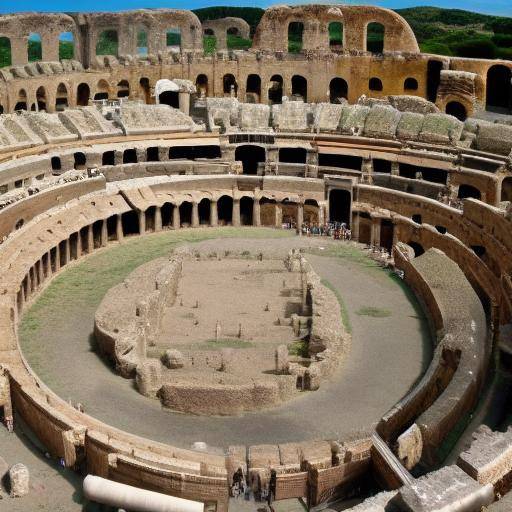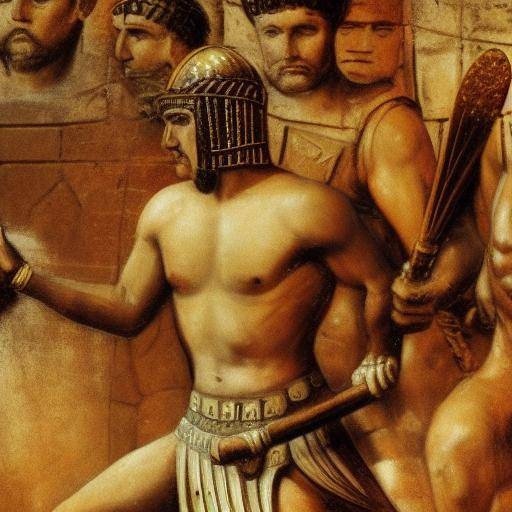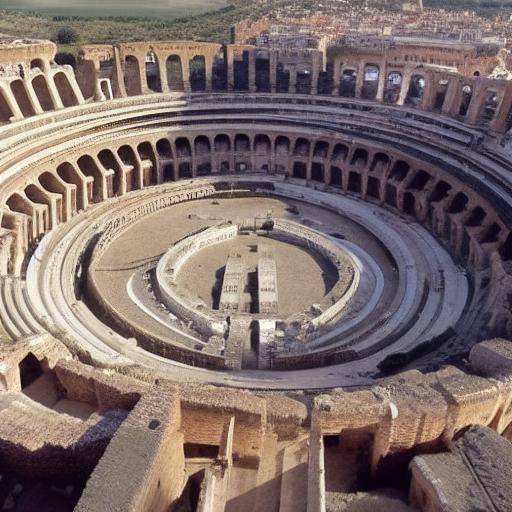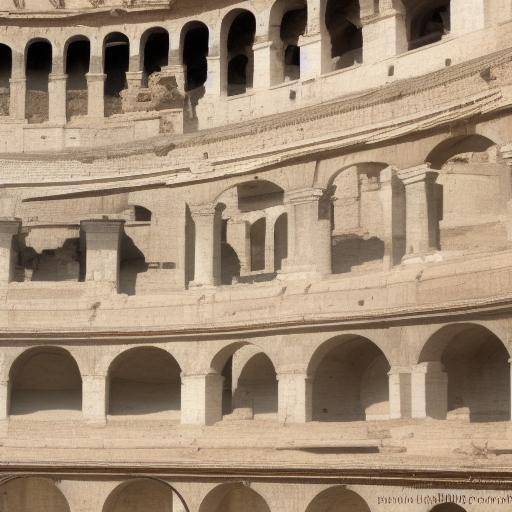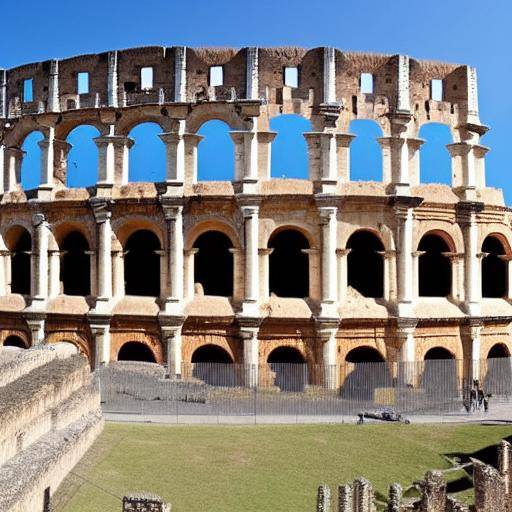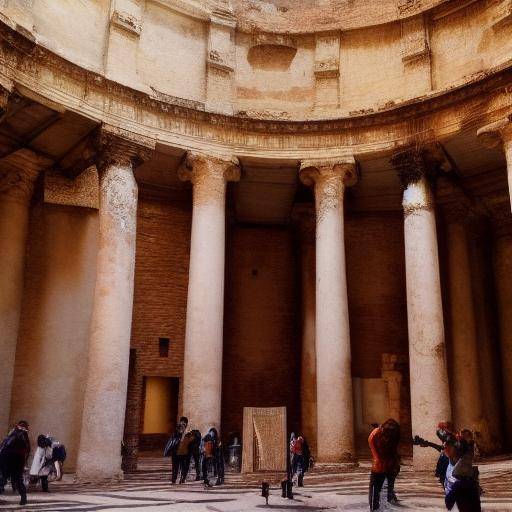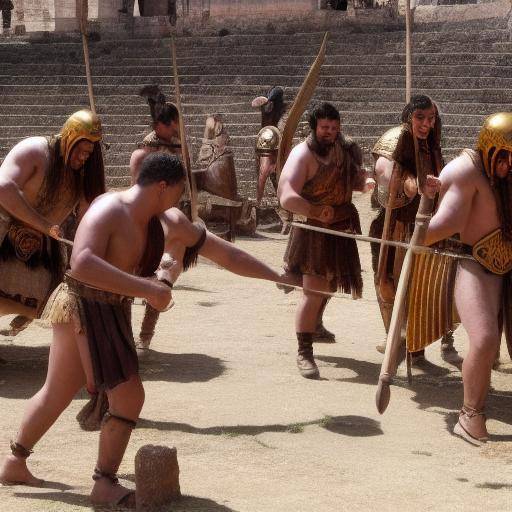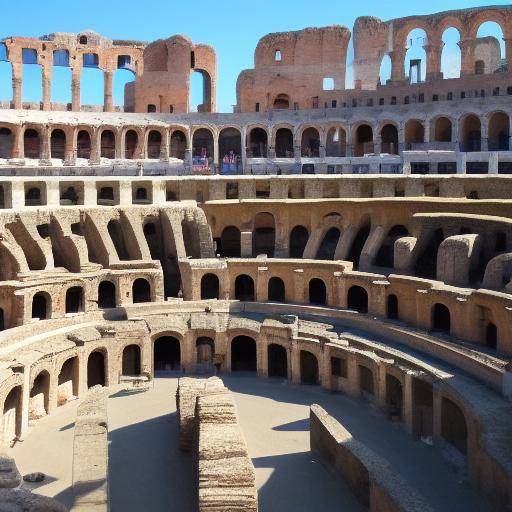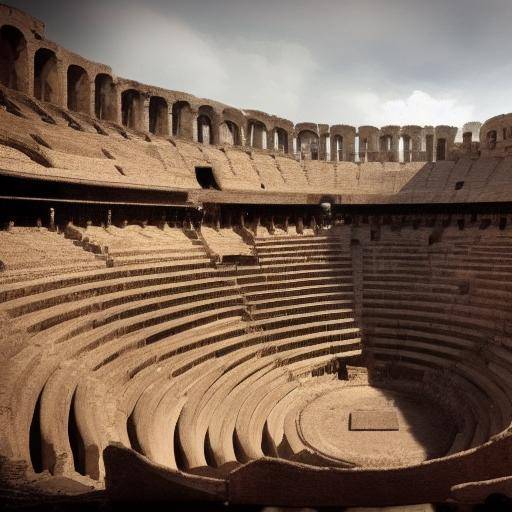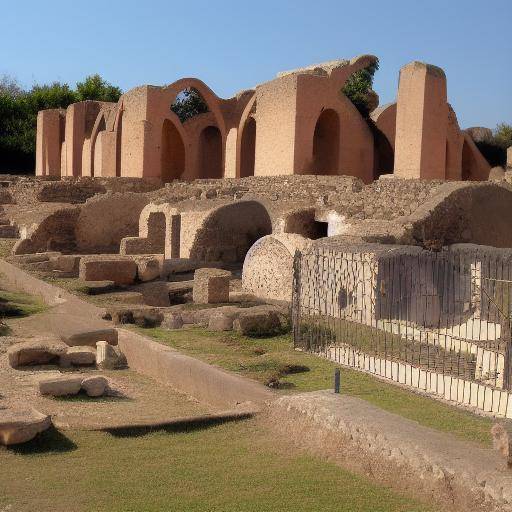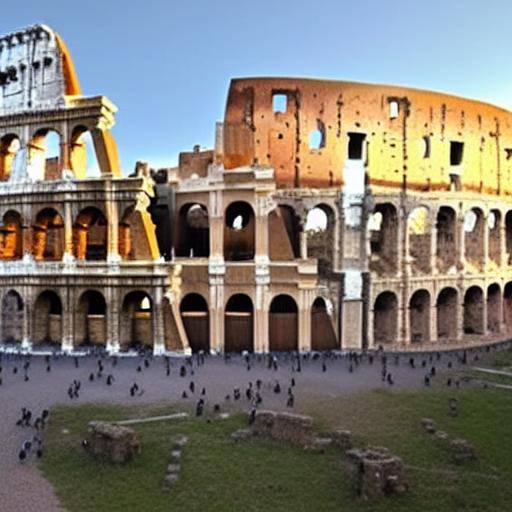
The Colosseum of Rome is one of the most beautiful and imposing monuments in the world, witness to the greatness of the Roman Empire and countless stories of gladiators and epic shows. In this extensive and detailed article, you will discover everything you need to know to visit this iconic place, immerse yourself in its history and marvel at its Roman architecture. From the history and background of the Colosseum to practical advice and future predictions, this guide will take you through an epic journey in time.
Introduction
Discover the Colosseum of Rome: A Time Trip
Since its construction in the 1st century AD, the Colosseum has represented the greatness and splendor of ancient Rome. It is a masterpiece that has resisted the passage of time and has become a lasting symbol of Roman architecture and the history of the Roman Empire.
In this article, you will immerse yourself in the colossal world of the Colosseum. You will explore its history, its gladiator struggles, its imposing architecture and much more. Prepare your senses for a total immersion in the grandeur of the Roman past.
History and Background
The Colosseum was built between the 1970s and 80 AD and its inauguration was spectacular, with 100 days of games that included battles between gladiators, theatrical performances and wild animal hunting. With a capacity to accommodate between 50,000 and 80,000 spectators, this magnificent amphitheater witnessed countless events over the centuries.
Origins and Meaning
The Colosseum was commissioned by the emperor Vespasian as a way of winning the favor of the Roman people after the turbulent was of Nero. Its construction symbolized the stability and power of the new regime, and quickly became a symbol of the greatness of Rome.
Evolution throughout the century
Over the centuries, the Colosseum has experienced numerous transformations, from its function as a place of entertainment to its use as a quarry of building materials. Today, the Colosseum is erected as an iconic monument that bears witness to the greatness and decay of the Roman Empire.
Detailed Analysis
Current Challenges and Trends
The conservation of the Colosseum presents significant challenges due to its antiquity and the continued pressure of tourism. Restoration and conservation efforts are vital to preserve this global heritage for future generations.
Perspectives and Views
Various experts in history and archaeology have discussed the different functions and meanings of the Colosseum over the centuries. Was it simply a place of entertainment or a show of power and control by the Roman Empire?
Comprehensive review
Applications and Best Practices
The visit to the Colosseum offers a unique opportunity to immerse yourself in the great Roman architecture and the history of the ancient Roman Empire. Visitors can appreciate the innovative construction techniques that make this host an outstanding architectural achievement.
Perspectives of Experts and Industry
Archaeologists and experts in historical heritage work hard to understand in depth the importance of the Colosseum and its meaning in the historical context. His discoveries and conclusions have shed light on life in ancient Rome and the complexities of his society.
Comparative analysis
The Colosseum of Rome, Rome and Roman architecture share a deep connection that reflects the greatness of an ancient civilization. By examining their similarities and differences, we can better appreciate the lasting legacy of Roman influence in the modern world.
Practical Tips and Accessible Advice
Alplaning your visit to the Colosseum, it is important to book your tickets in advance to avoid long rows, especially in high season. It is also advisable to join a guided tour to get detailed information about the history and architecture of the monument.
Industry Perspectives and Expert Reviews
Futures and Emerging Trends
The Colosseum is a living testimony of the greatness and splendor of the Roman Empire, and its impact endures to this day. Continuous research and progress in conservation are expected to continue to reveal new aspects of both the history of the Colosseum and ancient Rome, further enriching our understanding of this fascinating civilization.
Conclusion
In short, visiting the Colosseum will give you an unforgettable experience in which you can connect with the glorious past of Rome and marvel at the magnificent architecture of ancient Rome. Make the most of your visit by preparing with knowledge about your history, its meaning and its cultural importance.
Frequently asked questions
What is the best time to visit the Colosseum of Rome?
Spring and autumn are usually the best times to visit the Colosseum, as the weather is pleasant and there are fewer crowds compared to summer.
What is the recommended duration for the visit to the Colosseum?
It is recommended to book at least 2-3 hours to explore the Colosseum and the surrounding area, which will allow you to properly appreciate the magnificence of the place.
Is it necessary to hire a guide to visit the Colosseum?
Although it is not mandatory, hiring a guide can significantly enrich your experience by providing you with detailed information and historical anecdotes about the Colosseum.
What other places of interest are close to the Colosseum?
The Roman Forum and Mount Palatino are nearby historical sites that perfectly complement a visit to the Colosseum, offering an integral vision of ancient Rome.
What's the best way to get to the Colosseum?
Public transport, such as the metro and buses, is an excellent option to get to the Colosseum. You can also choose to walk if you stay in a nearby hotel.
What is the cultural importance of the Colosseum today?
The Colosseum remains an iconic symbol of the greatness and influence of the Roman Empire in the Western culture of the modern world, attracting millions of visitors every year.
With this complete guide, you are ready to immerse yourself in the history, architecture and grandeur of the Colosseum of Rome. Prepare for an unforgettable journey to the heart of the Roman Empire!


